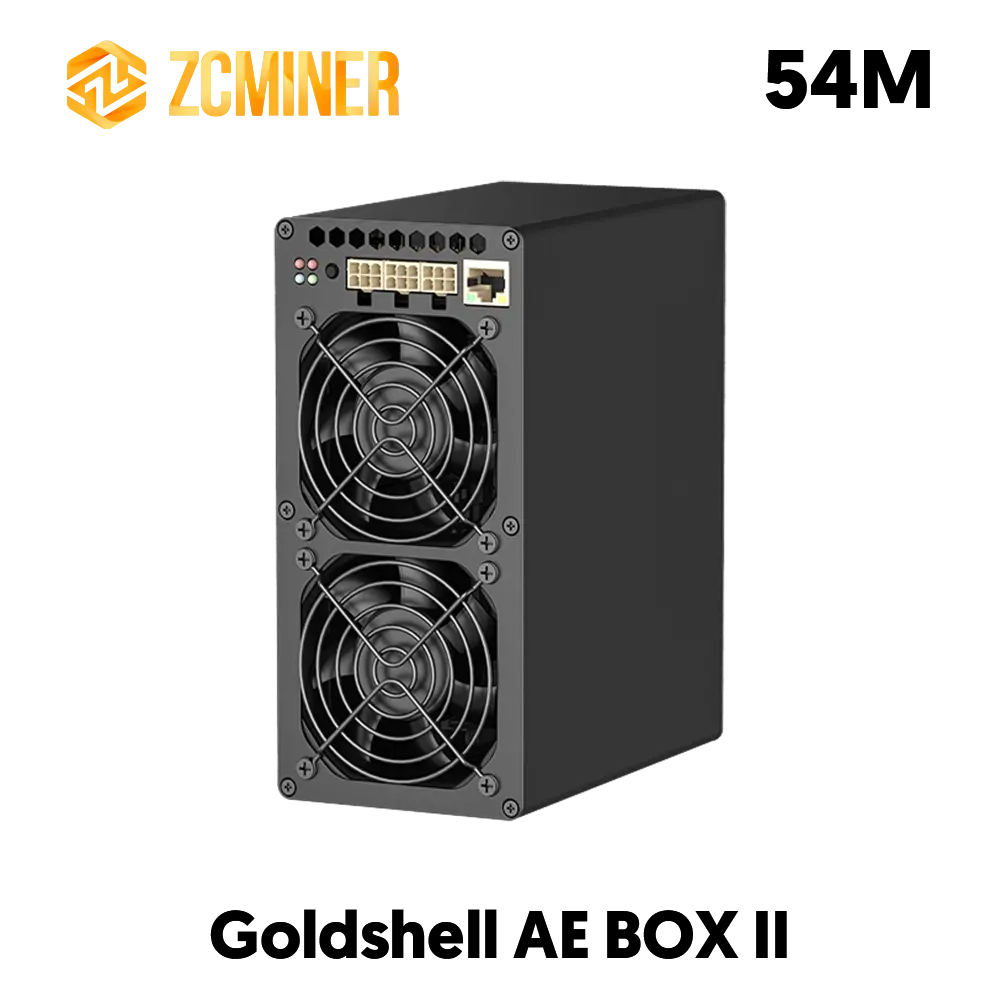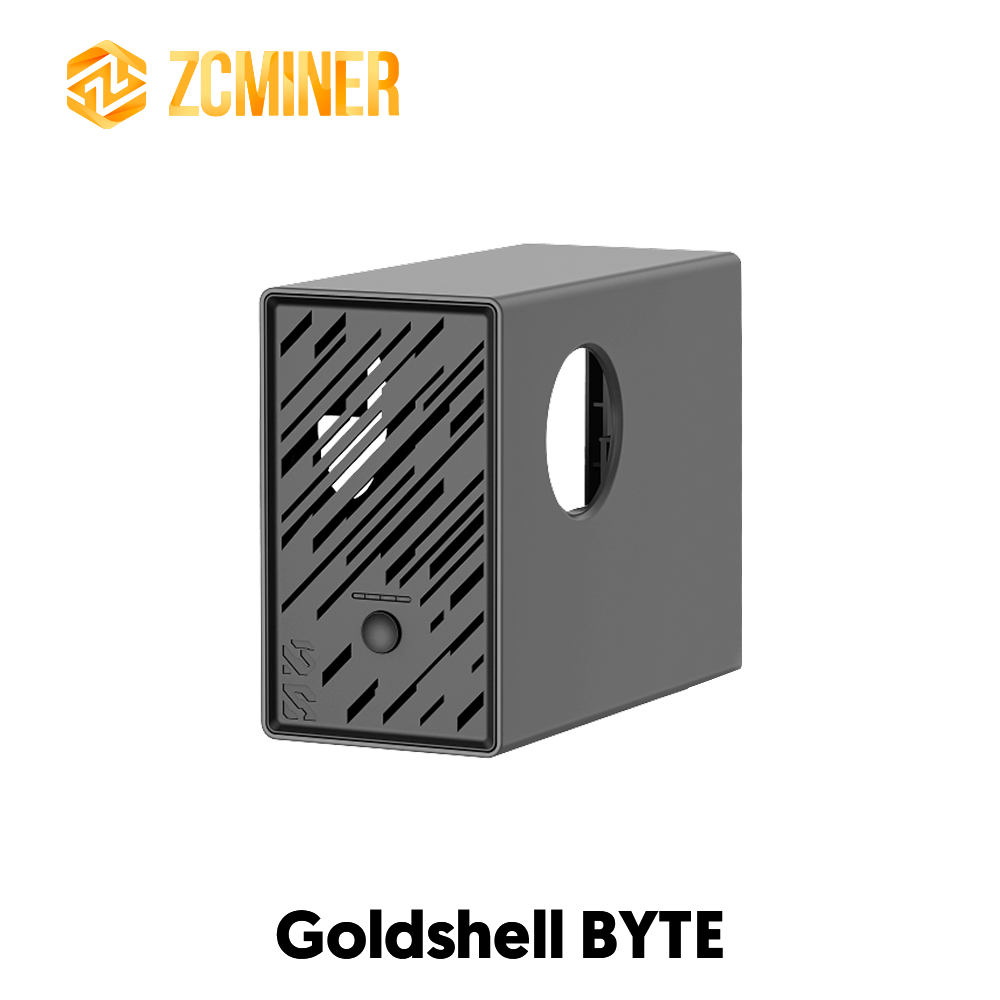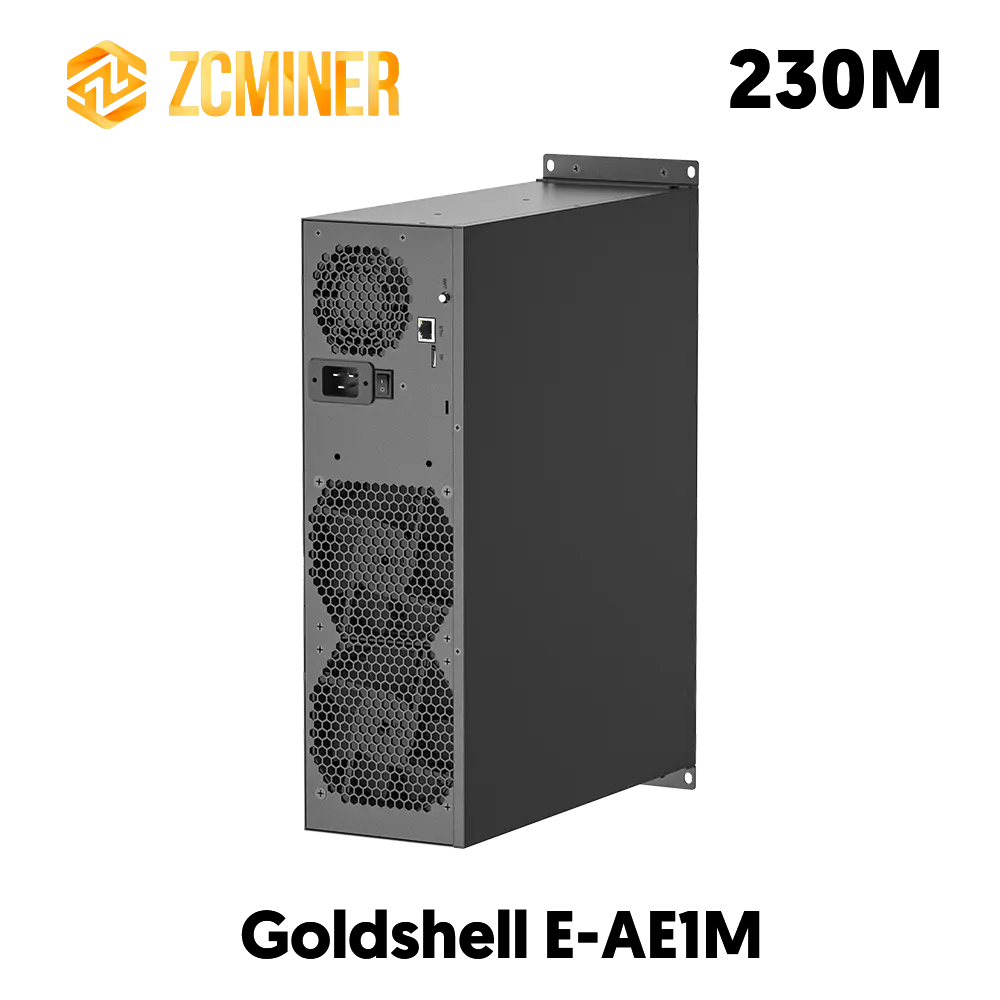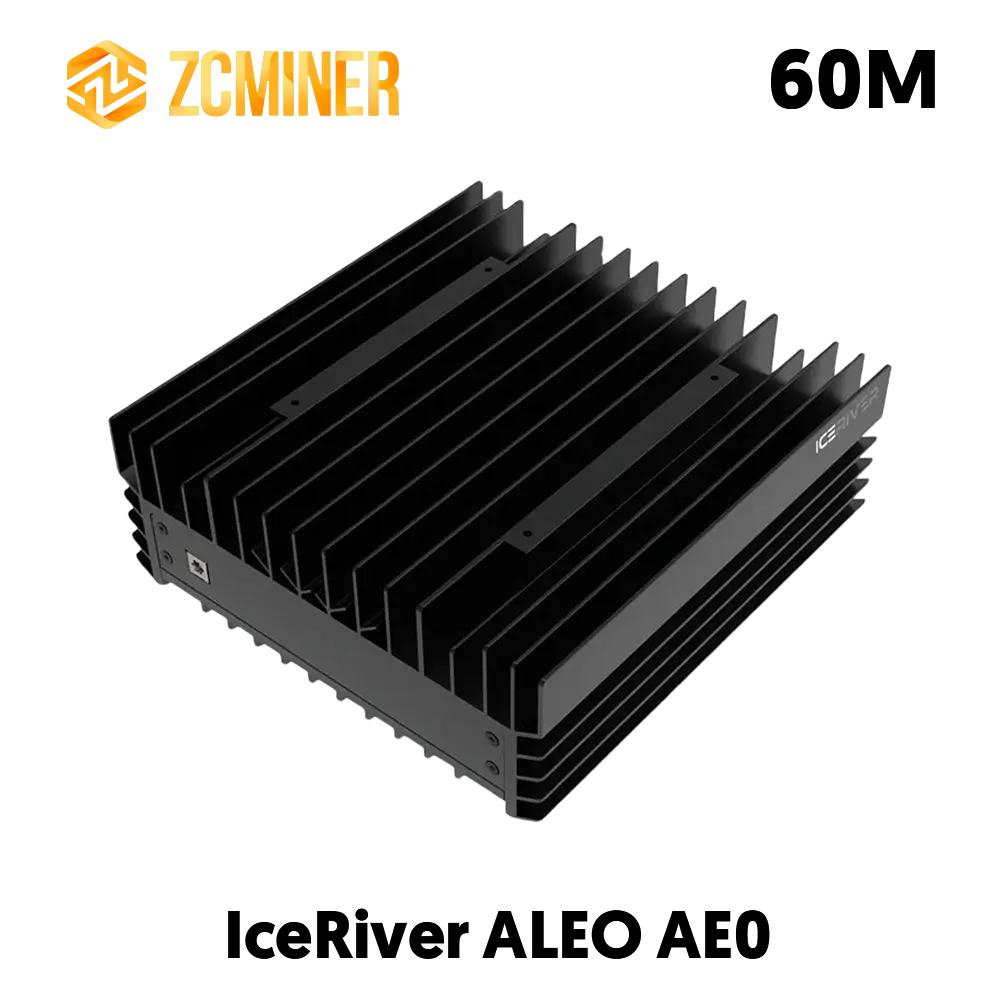OVERVIEW
With so many new customers joining the market, cryptocurrency mining has become quite competitive. In order to outperform the competitors in the mining network and increase their chances of receiving mining rewards, practically every modern user has specialised mining hardware, such as an ASIC miner with sophisticated capabilities.
One possible disadvantage of ASIC miners is that they produce a lot of heat, even if they are perfect for cryptocurrency mining in this cutthroat industry. The high temperatures have the potential to harm your mining setup or even start a fire if they are not handled appropriately. In order to remove heat and maintain the ideal temperature, miners frequently install immersion cooling systems.
Because of their effective heat dissipation, quieter operation, and more dependable alternative, miners favour immersion cooling systems. This blog is specifically for you if you're new to the field and want to learn more about immersion cooling solutions for ASIC miners.
An explanation of immersion cooling
ASIC miners are completely submerged in a non-conductive, dielectric fluid as part of the immersion cooling liquid cooling technology. The heat produced by the ASIC components is absorbed by the surrounding liquid.
The warmer, less dense liquid rises to the top due to the temperature gradient in the liquid. Natural convection is the process that removes this heated fluid and replaces it with a cooler liquid from the bottom. This technique greatly improves your ASIC miner's energy efficiency by removing the need for active cooling elements like fans because it depends on passive heat transfer.
Because they don't have to cope with dust, hot spots, or loud noises, many miners today prefer immersion cooling. Because of its effective cooling, even temperature distribution, and lower noise level, they favour immersion cooling.
Immersion cooling guarantees uniform temperature distribution, low maintenance, and less noise than air or fan cooling, which can battle with dust, heat spots, and noise.
Two varieties of immersion cooling exist, specifically
1. Cooling via Single-Phase Immersion
Server racks are submerged directly in a unique non-conductive liquid that remains liquid throughout a single-phase liquid cooling system. The surrounding liquid absorbs the heat when the servers heat up. After passing via a cooling distribution unit, the heated liquid is cooled in a cooling tower before being recycled back into the tank.
In contrast to more intricate two-phase systems, the entire setup is really simple. Although it is less effective and typically requires more energy to keep things cool, it is simpler to operate and less expensive to install.
2. Immersion Cooling in Two Phases
A sealed tank containing a unique liquid with a low boiling point houses servers in a two-phase cooling system. The liquid begins to boil as the servers produce heat, vaporising. This technique leverages the phase transition from liquid to vapour to transfer heat away from the ASIC components, in contrast to single-phase systems where the liquid remains in a single state.
The cycle is restarted when the vapour rises and passes via a cooling system above the servers, where it condenses back into liquid form and drips down into the tank.
Two-phase systems are more efficient and require less space overall, but they are more expensive to install than single-phase ones.
Immersion Cooling Components
Despite operating differently, single-phase and two-phase immersion cooling systems have a number of important things in common, particularly with regard to the fundamental parts they use.

1. Fluid Dielectrics
For liquid cooling systems, selecting the appropriate dielectric fluid is essential. For long-lasting performance, the fluid must be able to transmit heat effectively, be non-conductive to prevent electrical shorts, and maintain its chemical stability over time. Synthetic oils and specifically made cooling fluids are popular choices.
2. Tanks for Cooling
These tanks are crucial for containing the dielectric fluid and IT equipment, like server racks or ASIC miners, in any immersion cooling system. They must be strong, impervious to leaks, and made to securely hold the equipment's weight and configuration while permitting enough fluid flow.
The tanks should also include characteristics that facilitate routine maintenance, service, and fluid replenishment, as well as being simple to access and maintain. In order to ensure optimum efficiency, safety, and scalability, many miners design and construct custom cooling tanks that are suited to their infrastructure because off-the-shelf choices frequently don't fulfil the unique specifications of each facility.
3. Design of Enclosures
For effective heat dissipation, the immersion cooling enclosure's design is essential. It must maintain a secure, stable, and well-controlled environment while guaranteeing that the ASIC components receive the maximum amount of exposure to the dielectric fluid. Manufacturers frequently modify these enclosures to fit particular hardware configurations and performance objectives in order to satisfy the particular needs of various mining rigs.
4. Heat-Transfer Devices
ASICs produce a lot of heat during operation, and the surrounding dielectric fluid absorbs this heat. A dependable heat removal system is necessary to keep the fluid from rising to temperatures that can impair hardware performance or cooling efficiency, which is where heat exchangers come in.
The way heat exchangers function is by moving the heat that has been absorbed from the dielectric fluid to an external cooling loop, like an air or water-based system. They can be easily incorporated into the design of immersion cooling tanks and are usually small and effective.
Heat exchangers are essential for preserving ideal operating conditions and prolonging the life of the fluid and the ASIC components by keeping the fluid temperature constant.
5. Systems for Pumps and Filtration
The pump system, which guarantees constant and effective circulation of the dielectric fluid, is an essential part of any immersion cooling configuration. The heated fluid is transferred by these pumps from the immersion tank to the heat exchangers, where extra heat is eliminated, and then the cooled fluid is returned to the tank.
Filtration systems are also frequently incorporated to preserve the dielectric fluid's performance and purity. The fluid's chemical stability and thermal conductivity may be impacted over time by dust, debris, or residues from the hardware building up in it. By assisting in the removal of harmful impurities, filtration systems prolong fluid life and guarantee ideal heat transfer.
What Distinguishes Immersion Cooling from Conventional Cooling Techniques?
ASIC miners generate a significant quantity of heat while performing demanding computing work. Effective heat management is crucial since high temperatures can cause thermal throttling, which automatically lowers the miner's speed to prevent overheating. Prolonged exposure to high temperatures can hasten hardware deterioration over time, raising the possibility of malfunctions and shortening the miner's lifespan.
To deal with the heat produced by ASIC miners, traditional cooling techniques such as liquid and air cooling have been employed. The most popular method, air cooling, uses fans to circulate air around the miners and release heat into the surrounding area.
Air cooling is inexpensive and simple to use, although it loses effectiveness in hot areas or in densely populated mining operations. Its reliance on airflow can also result in dust accumulation, which lowers cooling effectiveness and raises maintenance requirements.
In contrast, liquid cooling transfers heat from ASIC miner components to a radiator, where it is subsequently discharged, using a circulating coolant. Traditional liquid cooling systems, which depend on pumps, tubing, and radiators, are more complicated even if they are more efficient than air cooling. In addition to increasing the possibility of leaks and hardware failures, this intricacy makes large-scale deployment more difficult because of the intricate setup and high space requirements.
Both conventional cooling techniques are somewhat successful, but they are unable to effectively manage the extreme heat generated by ASIC miners. These drawbacks show how urgently sophisticated solutions like immersion cooling are needed, as they may greatly enhance the efficiency, dependability, and scalability of bitcoin mining operations.
Benefits of Submersion Cooling
Many advantages of immersion cooling outweigh the drawbacks of conventional cooling techniques for bitcoin mining. It prolongs the life of mining rigs and enhances their overall performance in addition to increasing their operational efficiency.

1. Ideal Cooling Effectiveness
High-performance ASIC miners generate extremely high heat output, which is often too much for conventional air and liquid cooling systems to handle. These systems frequently result in uneven temperature regulation, higher energy usage, and the possibility of thermal throttling, which can shorten device lifespan and reduce performance.
However, by completely immersing the mining equipment in a thermally conductive, dielectric fluid, immersion cooling provides a very efficient substitute. equal with high workloads, this technique maintains ideal operating temperatures and significantly increases cooling efficiency by enabling quick, equal heat movement away from vital components.
2. Increased Durability and Performance
ASIC miners are continuously maintained within ideal temperature ranges because to the outstanding thermal management provided by immersion cooling systems. These systems successfully avoid thermal throttling, a prevalent problem that can significantly reduce processor power under conventional cooling techniques, by avoiding overheating. Consequently, ASIC miners may function at peak efficiency for extended periods of time without any disruptions.
Furthermore, immersion cooling greatly increases the lifespan of the mining hardware by minimising temperature swings and lowering the overall thermal stress on delicate electronic components. Over time, fewer failures, cheaper maintenance costs, and a higher return on investment result from this decrease in heat-related wear and strain.
3. Decreased Energy Use
The energy requirements of conventional cooling techniques, including powerful fans and large air conditioners, are significantly decreased by immersion cooling systems.
These elements contribute to higher operating costs and decreased energy efficiency in traditional setups by consuming a significant amount of the total energy needed in a mining operation.
In contrast, immersion cooling uses a direct-contact method in which mining equipment is immersed in a dielectric fluid that has been carefully made to transmit heat. This eliminates the need for refrigeration or air circulation and enables quick and effective heat absorption and dissipation.
To put it briefly, immersion cooling reduces energy waste and dramatically lowers electricity expenses. It is therefore a significantly more economical and sustainable option for extensive cryptocurrency mining operations.
4. Space Optimisation
Supporting high-density hardware configurations without sacrificing thermal control is one of immersion cooling's main benefits. The number of miners that can be housed in a given space is frequently limited by the need for adequate distance between devices for effective airflow and heat dissipation, which is required by traditional air and liquid cooling systems.
Immersion cooling, on the other hand, removes heat from all of the hardware's surfaces consistently and uniformly by submerging the apparatus straight into a thermally conductive, dielectric fluid.
Miners may be positioned much closer together because of the improved cooling capacity, which does away with the requirement for large ventilation infrastructure and broad spacing. The end effect is a layout that is much more efficient and compact, which is particularly useful in settings where real estate is scarce or costly.
In addition to optimising the use of the physical infrastructure that is already available, the space-saving design raises the total mining capacity per square foot, improving the operational scalability and profitability of mining operations.
5. Less Noise
The considerable noise produced by industrial cooling systems and high-speed fans is one of the frequently disregarded difficulties in conventional air-cooled mining operations. In order to dissipate the enormous heat generated by ASIC miners, these fans run constantly, which can lead to incredibly loud noise levels, especially in shared buildings, residential areas, and other locations where noise is a concern.
Discomfort and even limitations on the locations of mining operations might result from noise pollution. This problem is successfully resolved by immersion cooling, which completely does away with the necessity for fan-based cooling and air circulation. There is no need for noisy mechanical parts because the hardware is immersed in a non-conductive fluid that effectively and passively dissipates heat.
As a result, the operation is almost silent, making the workspace much more comfortable and inconspicuous. In addition to making immersion cooling more attractive to miners working in any setting where noise reduction is a primary concern, it also helps create a mining infrastructure that is cleaner, more sustainable, and easier to use.
Possible Difficulties with Immersion Cooling System Construction
Immersion cooling has several benefits for bitcoin mining operations, but it's important to understand the difficulties and factors to be taken into account before implementing this technology. Miners assessing whether switching to immersion cooling is the best course of action for their setup must be aware of these potential challenges.

1. High Initial Expenses
The significant initial outlay required to switch to immersion cooling is one of the primary obstacles. Immersion systems are significantly more expensive than conventional air or liquid cooling options.
Costs include, for example, buying heat exchangers, dielectric cooling fluids, and specialised immersion tanks, as well as modifying any infrastructure that may be required to accommodate the new system.
Before putting the immersion cooling system for your ASICs into place, a thorough cost-benefit analysis must be carried out. This study should weigh the possible long-term benefits, such improved hardware longevity, reduced power usage, and higher energy efficiency, against the initial capital needed.
In order to gradually recoup the initial investment, operators should also think about increasing savings from less maintenance requirements and ongoing operating expenses.
2. Operational and Maintenance Needs
Immersion cooling systems are not entirely maintenance-free, even though they usually require less upkeep than traditional cooling techniques. To guarantee consistent and effective system functioning, frequent maintenance and monitoring are necessary.
It entails assessing the cooling fluid's level and condition, making sure the pumps and heat exchangers are operating correctly, and confirming that the filtration system is successfully eliminating any impurities or particles from the liquid.
Operators also need to understand the special operating needs associated with immersion cooling. These include monitoring degradation, scheduling replacements, and knowing the proper protocols for securely inserting or withdrawing hardware from the immersion tanks, among other aspects of controlling the cooling fluid's lifecycle.
For an immersion cooling system to last as long as possible, proper handling and maintenance procedures are essential.
3. Hardware Preparation and Compatibility
It's important to realise that not all ASIC miners are made to be submerged before putting immersion cooling into practice. For many models to operate safely and successfully in an immersion setting, particular adjustments are needed. Removing the unneeded built-in cooling fans is the first and most popular step.
To stop fluid incursion, some parts could require extra sealing or safeguards in addition to fan removal. For instance, if not adequately insulated or protected, connectors, exposed circuitry, or thermal sensors may be susceptible to even dielectric fluids.
Serious repercussions may result from inadequate preparation. Despite the fact that dielectric fluids are non-conductive, extended exposure to tainted or improperly kept fluids can cause corrosion, short circuits, or the deterioration of delicate components such as solder joints and capacitors.
Top Techniques for Systems Using Immersion Cooling
Adopting immersion cooling can significantly increase ASIC miners' durability and efficiency, but maximising its advantages necessitates adhering to best practices. Miners can adhere to the crucial rules listed below to guarantee optimum performance and dependability.
1. Choosing the Proper Coolant
Selecting a coolant that balances sustainability and performance is essential when installing an immersion cooling system. Select specialised immersion cooling fluids that are environmentally benign to reduce their influence on the environment and non-conductive to avoid electrical dangers.
Select coolants that are designed to guarantee sustainable standards compliance, safe operation, and effective heat transmission. As a result, you can anticipate sustained functionality and conscientious system upkeep.
2. Conducting Frequent ASIC Audits
Maintaining optimal performance and avoiding expensive breakdowns of your immersion cooling system requires regular and comprehensive inspections. Before they become more significant issues, these routine inspections assist in spotting wear, malfunction, or inefficiency early on, such as fluid deterioration, pump abnormalities, or heat exchanger accumulation.
Fluid levels and clarity, pump and filter performance, temperature stability, and seal and connection integrity are important areas to check. Operators may minimise downtime, address minor issues quickly, and increase the cooling setup's efficacy and the ASIC hardware's operational life by keeping a close eye on the system.
3. The ability to respond to emergencies
Having a clear emergency response strategy in place is crucial for promptly and efficiently handling unforeseen situations like fluid spills, leaks, or system failures. If these incidents are not addressed right away, they may result in equipment damage, prolonged downtime, and higher operating expenses.
A thorough readiness plan should include well-documented protocols for repairing or replacing defective equipment, securely containing and cleaning up fluid spills, and isolating and shutting down impacted components.
Make sure that personnel are adequately instructed in emergency procedures and that all required safety supplies, including protective gear, absorbent materials, and spill kits, are easily available. Frequent system audits and drills can improve your response time, reduce downtime, and safeguard your personal information and hardware.
FINAL RESULTS
In addition to lowering noise and better controlling heat than conventional cooling techniques, immersion cooling provides a strong and effective means of extending the life and performance of your ASIC miner. Building a dependable and sustainable system for beginners requires an awareness of the fundamentals, from selecting the appropriate coolant and tank configuration to making sure that correct maintenance is performed.
Immersion cooling is one such option that not only optimises hardware efficiency but also promotes environmentally friendly practices, which is particularly relevant given the growing popularity of crypto mining. You may improve your mining success and streamline your operations by beginning with the appropriate information and equipment.












Leave a comment
This site is protected by hCaptcha and the hCaptcha Privacy Policy and Terms of Service apply.